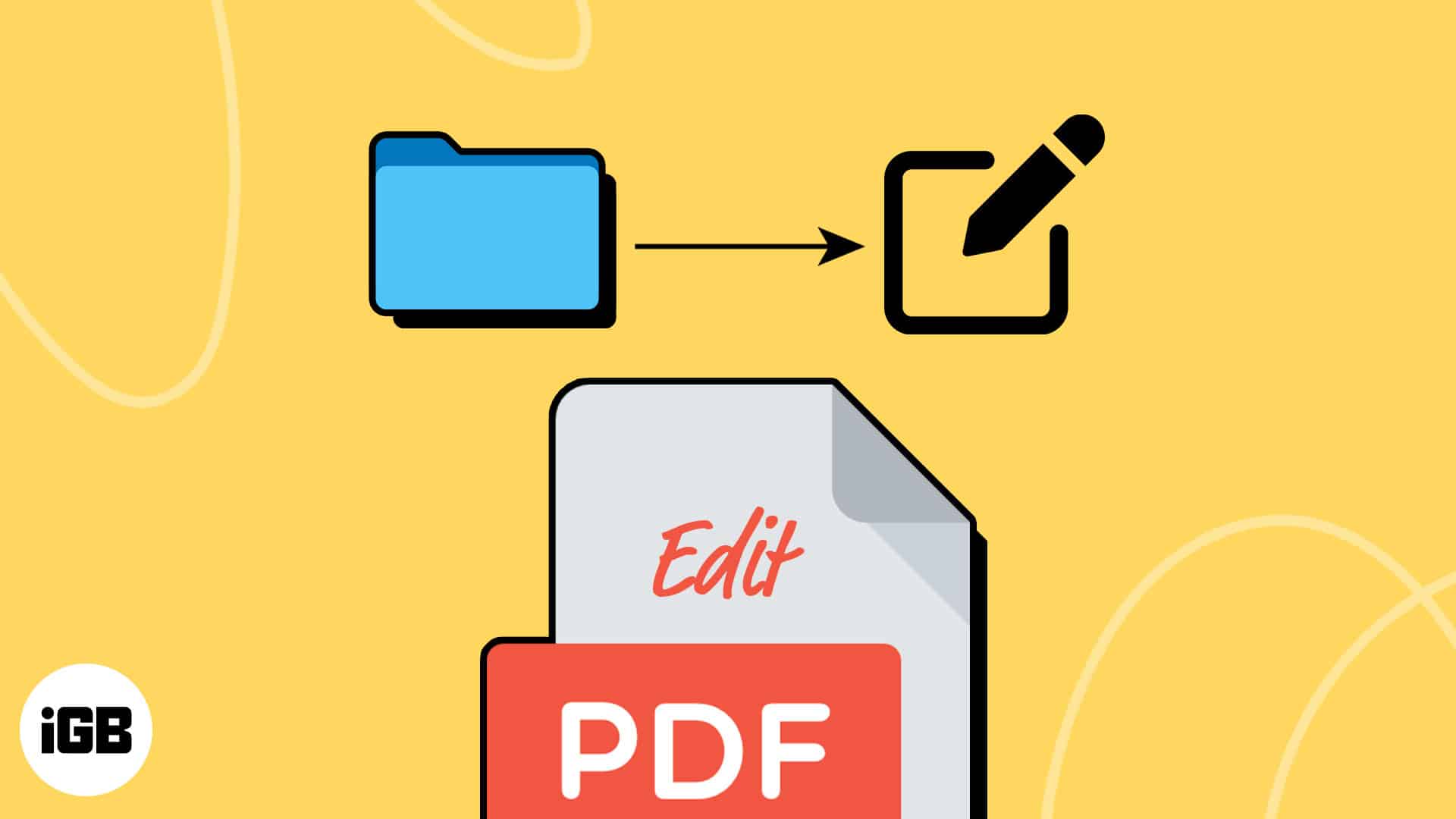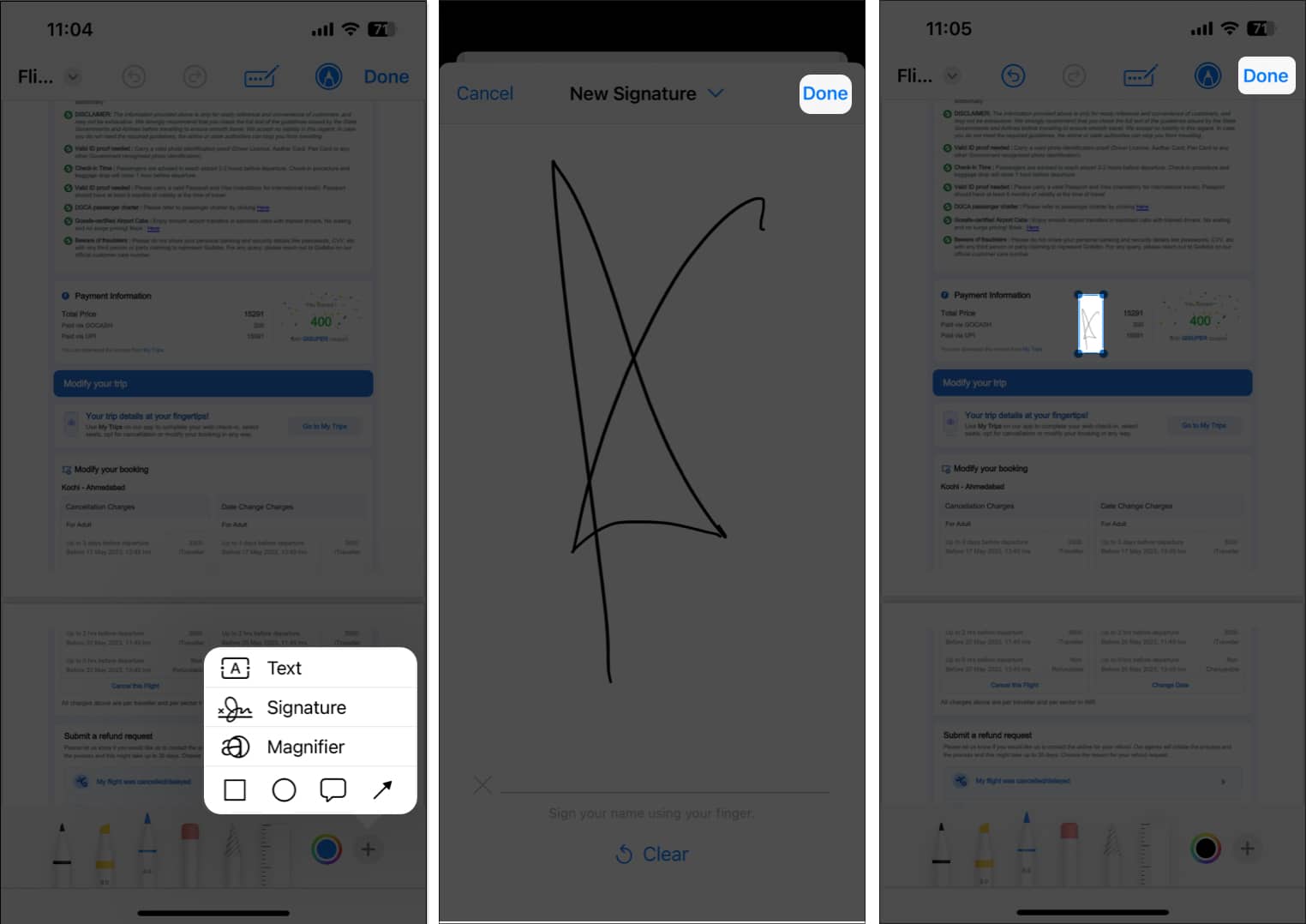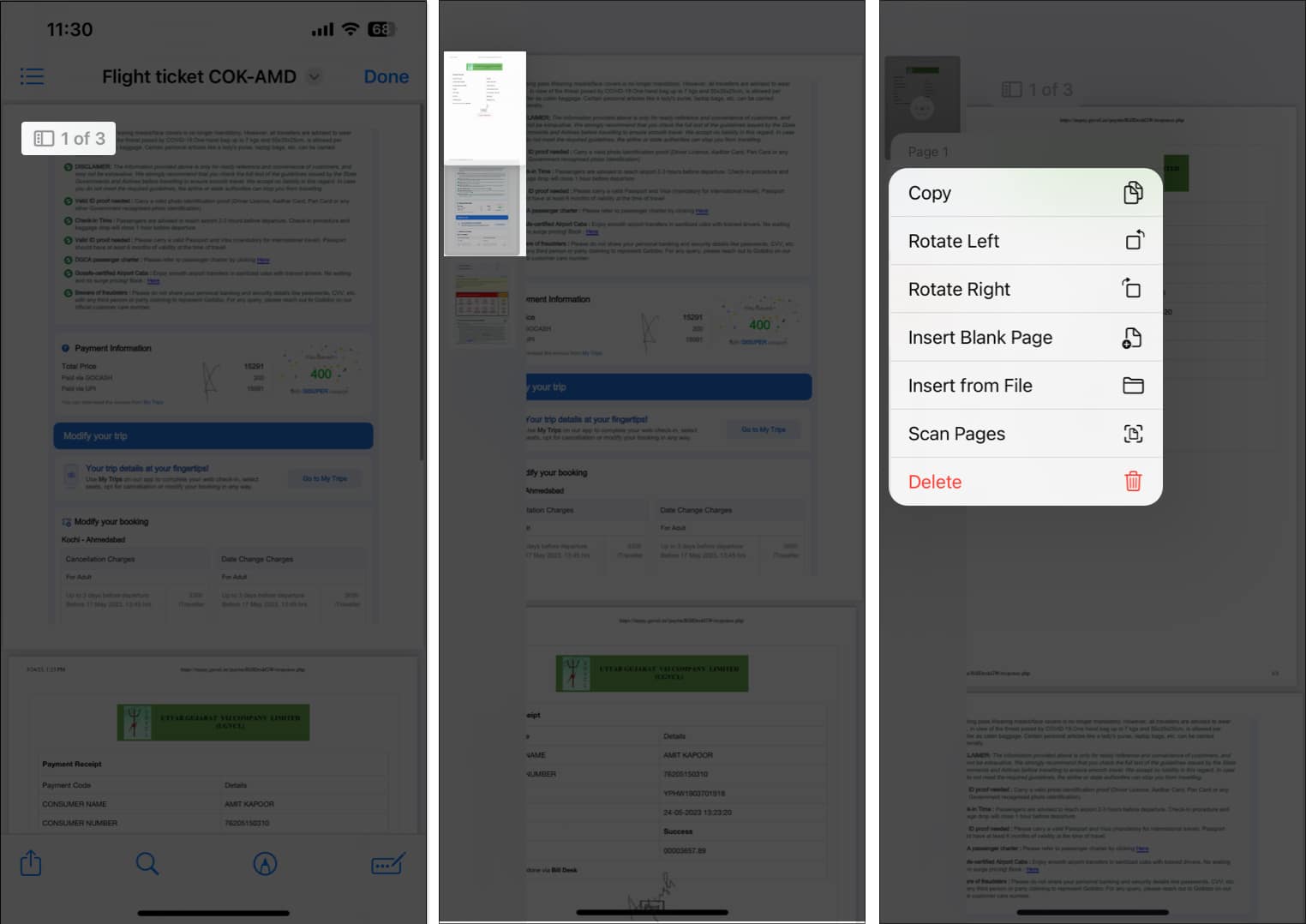PDFs are a great way to share information while maintaining the original formatting of any given document. They’re easy to create, and you can view them on almost all modern devices. But what if you need to edit a PDF on the go using just your iPhone or iPad?
Luckily, the Files app on iPhone and iPad offers a wide array of tools that you can use to edit PDFs. But, before you can access them, you need to tap the share icon and upload the PDF in question into the Files app. Once you do that, you can follow the steps listed below to edit PDFs in Files app on your iPhone or iPad as per your liking.
How to use Files app to edit PDFs on iPhone and iPad
The Files app offers the same Markup tool that you may have used before to annotate your screenshots. However, if you’re unsure about how you can access and use the Markup tool to edit PDFs within the Files app, follow the instructions described below.
Annotate or sign a PDF in Files app
- Go to the Files app and open a PDF you want to edit.
- Tap the Markup icon.
- Select the pen, highlighter, pencil, or crayon tool to annotate the PDF.
- Tap on the plus icon located in the bottom right corner.
- Choose if you want to add Shapes, Text, or a Signature to the PDF.
Here, I am choosing Signature. - Drop your signature and tap Done.
The signature should appear in the PDF doc. - Once again, tap Done at the top right to save your changes.
Add or delete pages within a PDF
Besides offering the ability to annotate and sign PDFs, the Files app also makes it extremely easy to add new pages to a PDF or remove the existing ones. Here’s how:
- Go to the Files app and open a PDF you want to edit.
- Tap the page guide on the top left to view all the pages within the PDF.
If you can’t see the same, just tap anywhere on the PDF document. - Now, select the three-dot icon on a page → Then choose what you want to add to the PDF:
- Insert Blank Page: Add a blank page that you can annotate.
- Insert from File: Select and insert an image into the PDF.
- Scan Pages: Scan and insert a printed document into the PDF.
- Or, If you want to remove a page, tap Delete.
Rearrange or rotate pages within a PDF
Apart from the features listed above, the Files app also offers the ability to rearrange or rotate pages within a PDF. Here’s how:
- Go to the Files app and open a PDF you want to edit.
- Tap the page guide on the top left to view all the pages within the PDF.
If you can’t see the same, just tap anywhere on the PDF document. - Tap and hold the page you want to rearrange and drag it to the desired location within the document.
- Once rearranged, you can tap the three-dot icon on the page, then tap Rotate Left or Rotate Right to rotate the selected page.
Merge existing PDFs on iPhone
The Files app can also be used to quickly merge your existing PDFs into a single PDF, as detailed below. Just be sure to rename your PDFs before you merge them, as they are combined in alphabetical or numerical order.
- Open the Files app and locate the folder where the PDFs are saved.
- Select the three-dot icon at the top right corner.
- Tap Select and choose the PDFs you want to merge.
- Now, choose the three-dot icon at the bottom right corner and choose Create PDF.
That’s it! A new, merged PDF of the selected documents will be saved in the same folder.
Editing PDFs on iPhone and iPad made easy!
The Files app can make editing PDFs on iPhone and iPad a breeze. Besides, you won’t need third-party PDF editing apps that can take up a chunk of your iPhone’s or iPad’s limited storage space. If you found this guide helpful, remember to drop your thoughts in the comments section below.
Read more:











Leave a Reply